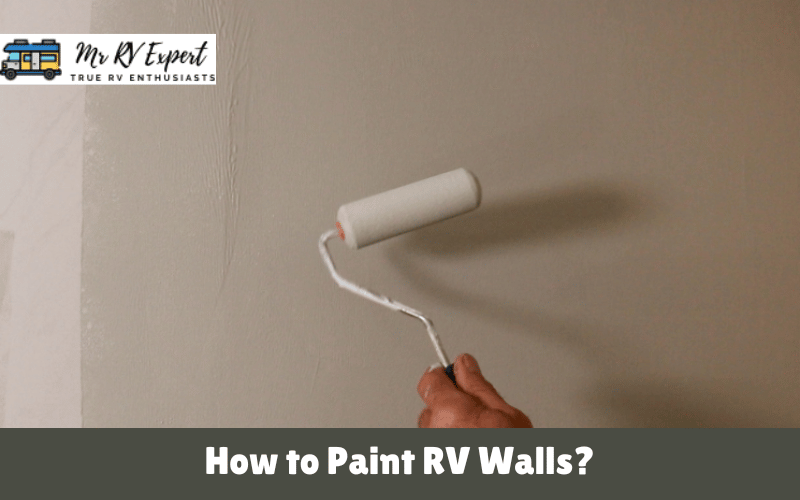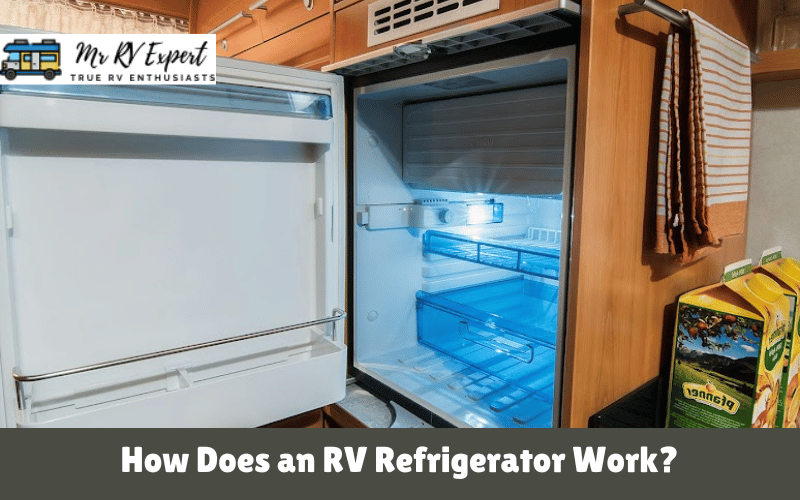An RV, also known as a recreational vehicle, is like a portable home that allows you to explore the world while having all the necessary amenities at your fingertips. It’s equipped with items commonly found in a regular home, such as air conditioners, fridges, water dispensers, and more. However, there’s a slight difference between a traditional home and an RV when it comes to electricity usage. In an RV, you can’t rely on a constant power supply, so you need to use batteries to run all the electronic appliances.
RV batteries come in two types: the 120-volt AC system and the 120-volt DC system. The AC system is designed to power heavy-duty appliances like air conditioners and refrigerators, while the DC system is the primary battery source for most recreational vehicles.
Table of Contents
How to Charge the RV Battery correctly
Turn off the RV battery
To ensure long-term battery usage, it is crucial to follow this straightforward step. Before initiating the charging process, it is recommended to power off the battery. This precautionary measure prevents potential damage and enhances the overall performance of the battery.
Location
Always try to fit the battery at the right location. All the RV house batteries are different in size. There are a lot of different sizes and types of batteries available in the market. so, you have to choose the best RV battery according to the design of your RV.
Cables
Now, this step requires some caution. Before touching the wires, it’s important to wear gloves. Begin by disconnecting all the cables attached to the battery. Remember, removing the black cable is necessary, and ensure that it is removed before the red cable.
Cleaning
To ensure proper maintenance, it is essential to follow this process. The battery tends to accumulate a significant amount of dust, particularly around the connections. Begin by disconnecting the cables and proceed to clean all the attachments. An effective cleaning method involves creating a paste using baking soda and water, which can be applied to the affected areas using a clean cloth or soft tissue. Alternatively, a wire brush can also be used instead of fabric. Once the dust has been removed, rinse the battery with water.
Water level
To ensure optimal performance, periodically inspect the water level of the battery. Remove the cap located on the top of the battery and visually examine the water level. If it appears low, you may use a funnel to replenish it. Add water as needed until it reaches the required fill line.
Attach battery with charger
To complete the process, it is essential to correctly connect the RV battery to the charger. Follow these steps for proper connection: First, attach the red connectors from the positive side of the battery. Next, connect the negative side of the battery using black connectors.
Plug off
To ensure optimal battery performance, it is important to monitor its charging status and avoid overcharging. Most batteries indicate a full charge through a light signal. Once the light turns on, it is essential to disconnect the charger to prevent overcharging. Now, your battery is fully charged and ready to power your appliances.
Conclusion
In conclusion, properly charging your RV battery is essential for long-term usage and optimal performance. By following a few simple steps, you can ensure that your battery remains in good condition. Remember to turn off the battery before charging and choose the appropriate location for installation. Take caution when handling the cables and wear gloves for safety. Regularly clean the battery and check the water level to maintain its efficiency. When attaching the battery to the charger, follow the correct connection sequence. Finally, be attentive to the charging status and unplug the charger once the battery is fully charged. With these guidelines, your RV battery will be ready to power your appliances on your adventurous journeys.
[kkstarratings]

![How to Charge RV Battery? [Solution]](https://mrrvexpert.com/wp-content/uploads/thumbs_dir/how-to-clean-an-rv-awning-qdit510yxcaj7iphsnob5jrh0bsw9j9252q6ue4j7g.png)
![How to Charge RV Battery? [Solution]](https://mrrvexpert.com/wp-content/uploads/thumbs_dir/how-to-attach-a-tv-mount-to-an-RV-wall-qdit5034qi98vwquy59ol200exxj1u5bsy2pd45xdo.png)





